The April 2021
Postcard History Quiz
Postcard History welcomes you to April. This is the fourth in the 2021 series.
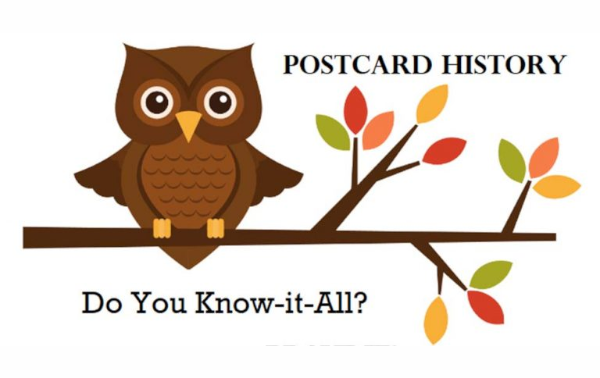

If you participated in previous quizzes and youare working toward our 2021
Postcard History Know-It-All Certificate,
click here to see your current score.
At Work in America
The deadline for this quiz will be 11:59 PM, Monday, April 26.
At Work in America is inspired by a recent article submitted to Postcard History
by George “Burt” Martin. Burt collects “people at work” postcards and he shared
with us part of his collection entitled, “Earning a Living in the U. K.”
POSTCARD HISTORY QUIZ
Ten correct answers will earn one point on your score toward
Postcard History’s 2021 Know-It-All Certificate.
In this quiz, there are no questions. There are descriptive statements for each card. Each statement contains two blanks. You must fill-in the blanks with the ten words listed below.
All the answers are in these two columns. Put the answers in the proper blanks in the descriptions of the cards.
COLUMN ONE
Syracuse, New York
Vacaville, California
Chicago, Illinois
Florida
Monroe, Wisconsin
COLUMN TWO
Swiss cheese
lard
Salt
Celery
roller
The cards are numbered 1 through 5. The numbers correspond to the Answer Box slots. Your responses should be words from the list that fill the blanks for each statement. For example: “New Jersey catfish.”
You must use the Answer Box. Although, we welcome your comments, no entries will be considered if submitted through the comments section.
All fields in the Answer Box are required. Enter your answers and click the SEND button. Good luck.
Working in America Quiz
No. 1.
No. 2.
In 1913, when this card was mailed, the No. “3” cash crop in central and northern parts of [Answer from column one] was the vegetable being harvested in the picture postcard above. [Answer from column two] grows best in the months of December through May. Because the average temperature of the area was always 70° Fahrenheit, the farmers and growers managed to harvest two crops in the years without temperature extremes.
There are many places where [answer from column two] is made using the age-old European recipe. One American manufacturer in [answer from column one], only eight miles north of the Illinois State Line, proudly advertised the new equipment they recently installed on this 1958 chrome postcard. The caption explains that the curd is gathered by allowing the whey to drip away through a special cloth.
No. 3.
No. 4.
At the Nut Tree Kitchen, hundreds of employees who work at the factory in [city and state from column one] are permitted to sample the product, but few do. It may be a case of “too much of a good thing.” The workers shown on the 1968 chrome postcard above work side-by-side on a stone-top table where they shape and package sticks and suckers for shipment to one of the Nut Tree’s twenty-six locations. Their job title is one word: [answer from column two.]
There are those who think that [city and state from column one] sits atop a series of mines. Not true. The successful [answer from column two] industry in the city is the result of a particulate in the water from a lake at the western edge of the city. The particulate was extracted from the water by evaporation or boiling. In the solar evaporation method, the water was pumped into large, shallow vats as seen in the postcard and exposed to the sun. The city was one of the top producers of this product for most of the 19th century.
No. 5.
There was an adage that when the slaughterhouses prepared food products – especially hams, sausages, and pork chops – that everything was used except the oink.
The same was true at other slaughterhouses, but in some cases the non-muscle leftovers had to be refined. As you may imagine, the process was hot and smelly, but working in the [answer from column two] refinery was a highly skilled job and in locations like [city and state from column one] the salary was good. One company which fairly pioneered the industry was W. J. Wilcox of New York. The postcard above shows the product being packaged for shipment in rope-handled, oak barrels that were transported by train to businesses across the country. Remember in the 1920s, this product was used by many different businesses from restaurants, to candle crafters, and soap makers.
Use The Form Below to
Submit Your Answers

Your deadline to complete this quiz is 11:59 PM April 26, 2021.
The next Postcard History Quiz will appear on May 3rd.
The First Monday of the Month!
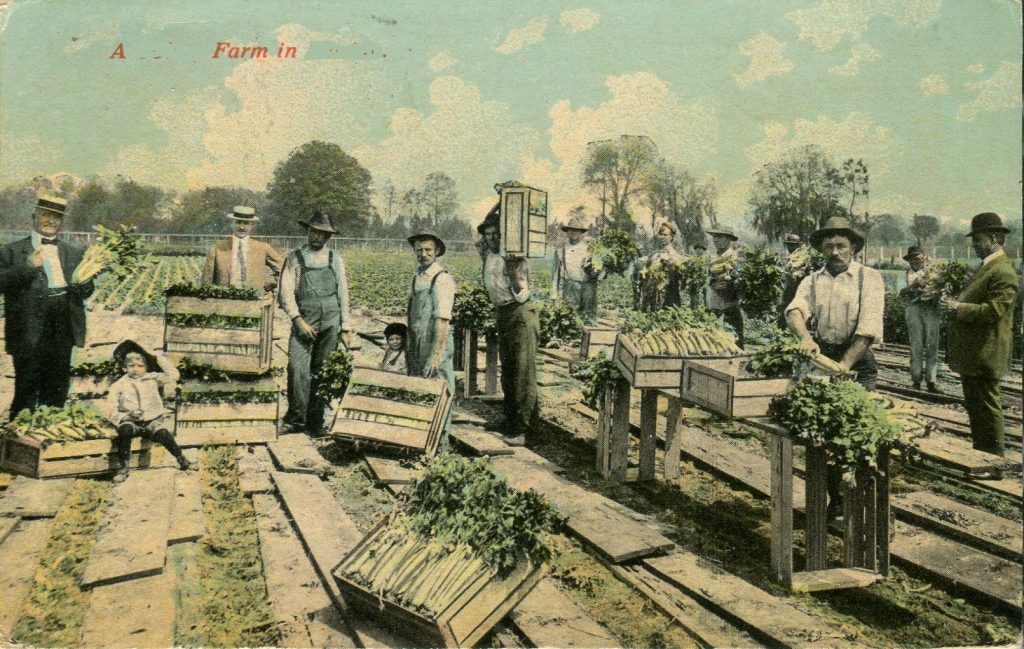
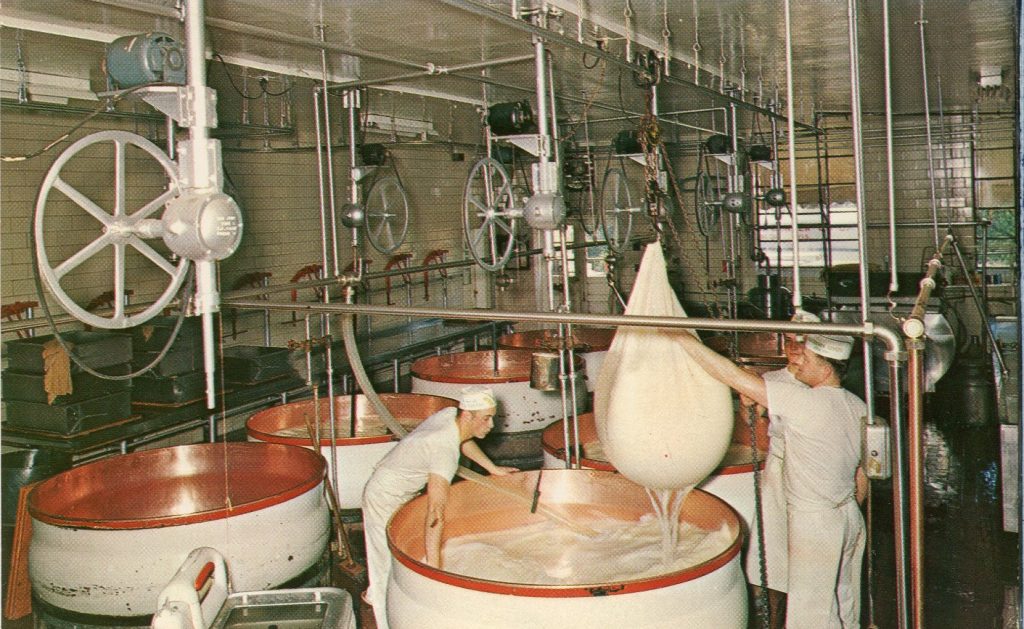
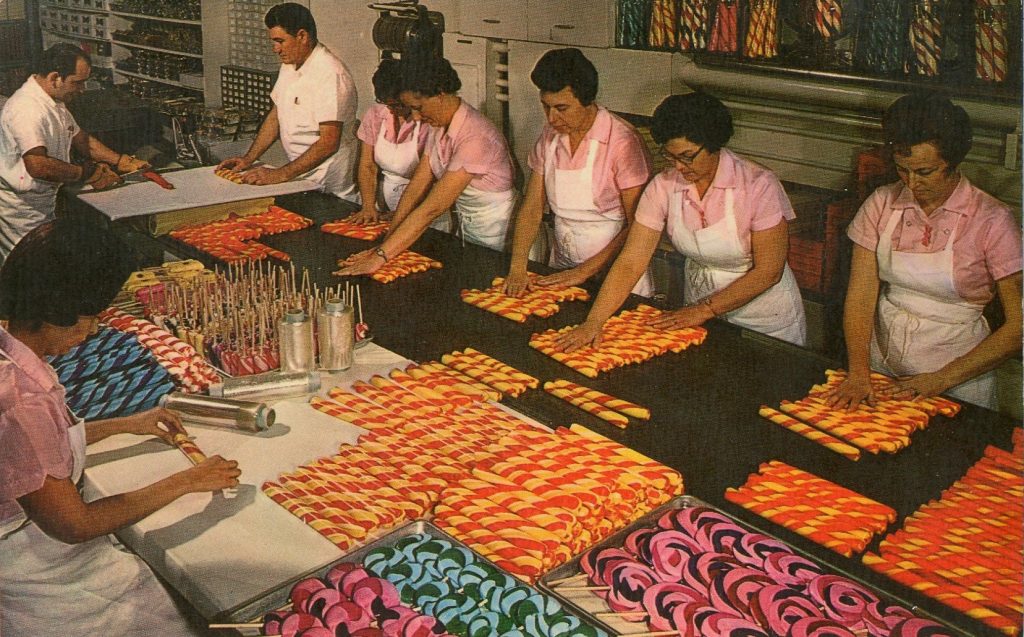
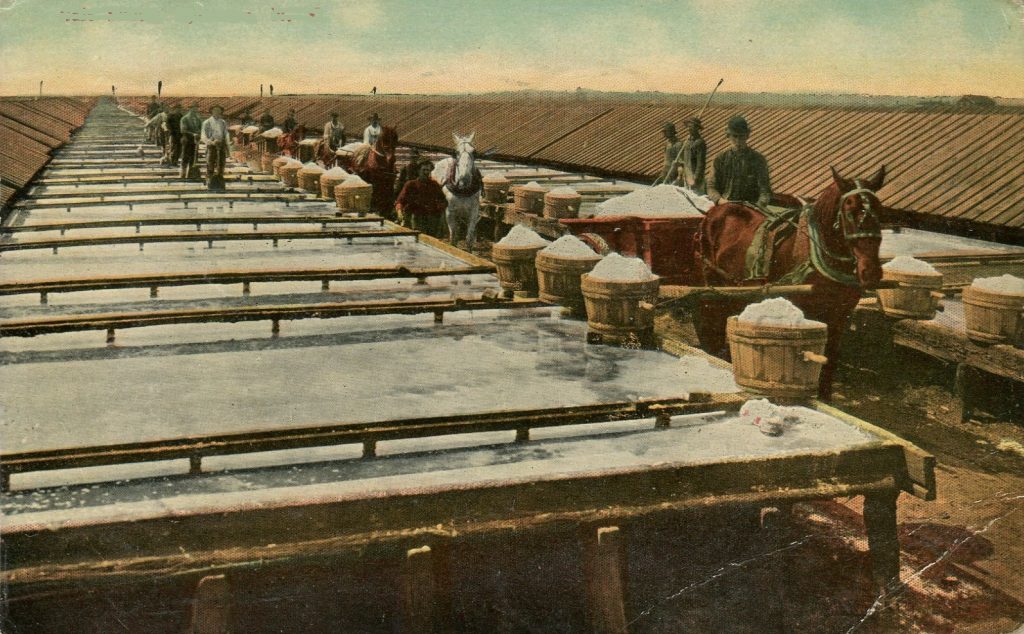
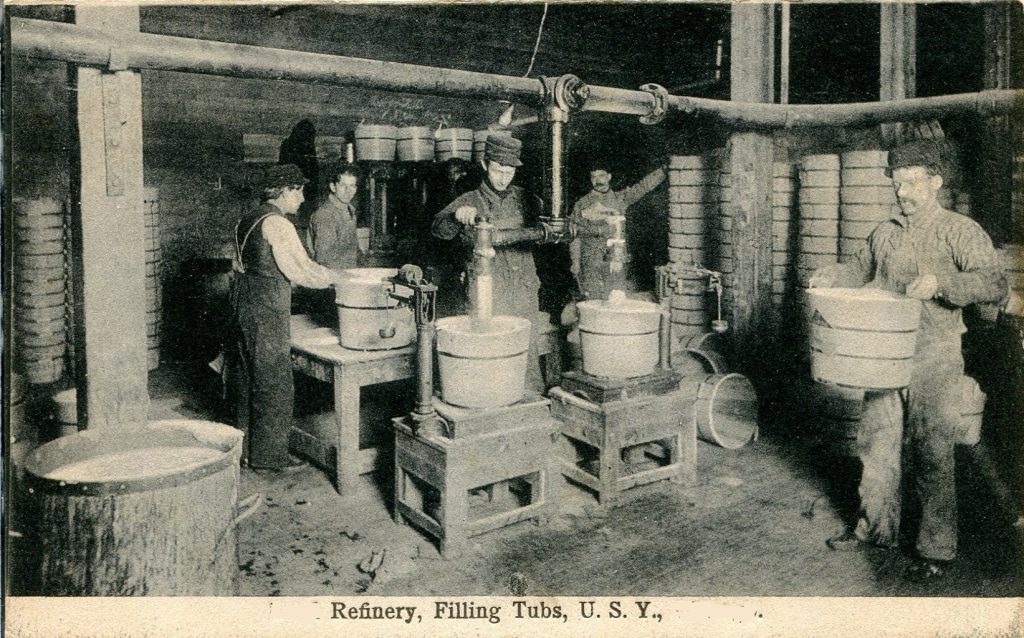
Where are the answers for Quiz #3 about the bridges? I’ve gone through everything 2x and I don’t know where else to look. The Quiz for April is/was confusing trying to figure out what we’re supposed to do with this. These are getting harder each time. I’m not complaining, but it can be frustrating and I know that’s not what this is about. Thanks for the time you all put into this.
At the end of the 2021 Quiz Season – in June – the answers for all six quizzes in the series will be published. The winners will be announced and the scores for every participant will be printed. To date four of the six quizzes have appeared on Postcard History on the first Monday of the month: Quiz #1 – January – The Faces of World War I Quiz #2 – February – The Movies of Charlie Chaplin Quiz #3 – March – Bridges Guarded by Lions Quiz #4 – April – Working in America Quiz #5 – May and… Read more »
Trying to submit my response, but I keep getting a “Server Error — Form Not Sent” message.
It has been fixed. I just put mine in.
Love this quiz! I collect “people working” too and I love to contrast the way things were done ‘then’ and ‘now’. Many things done ‘then’ are not even done at all ‘now’ (and vice versa…).